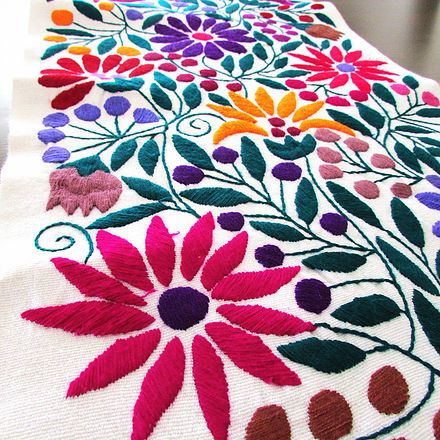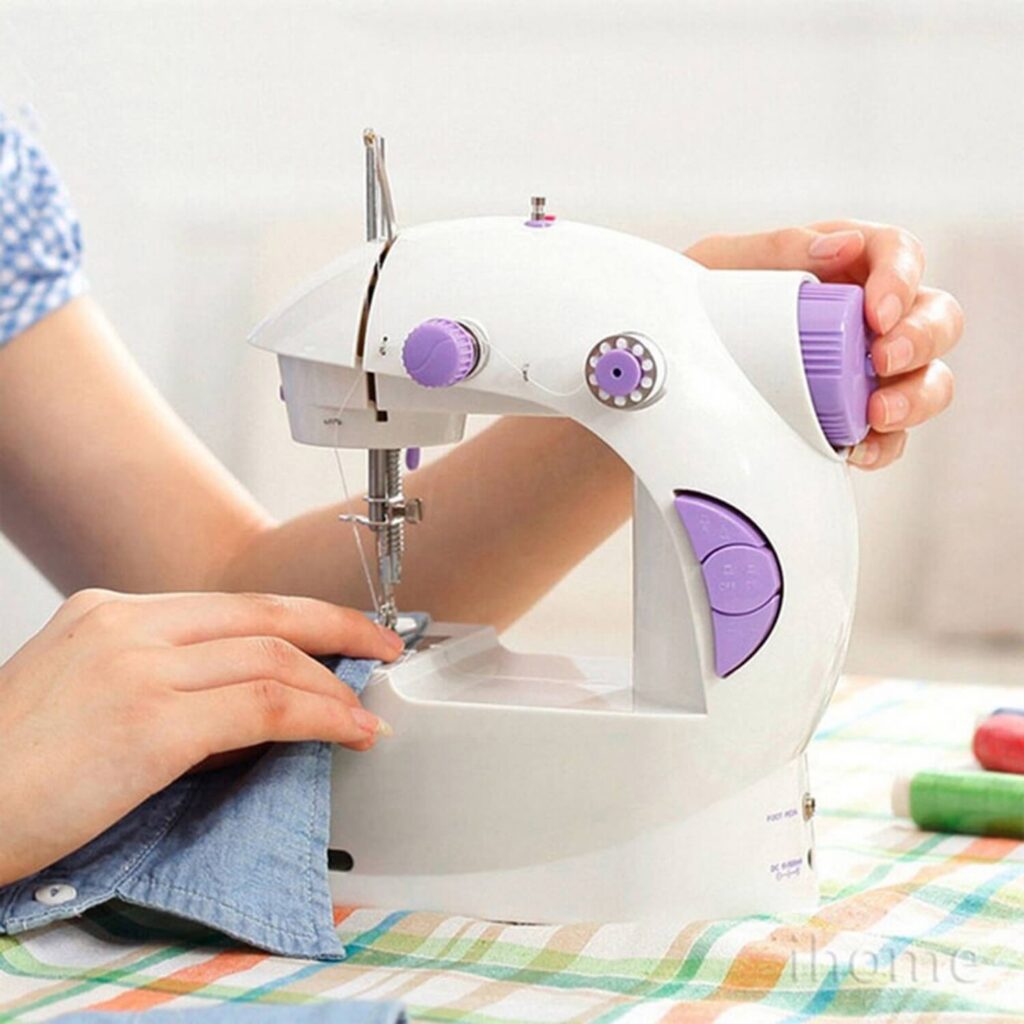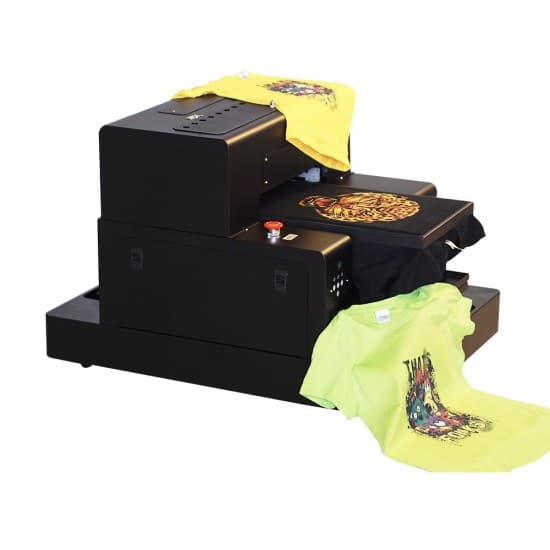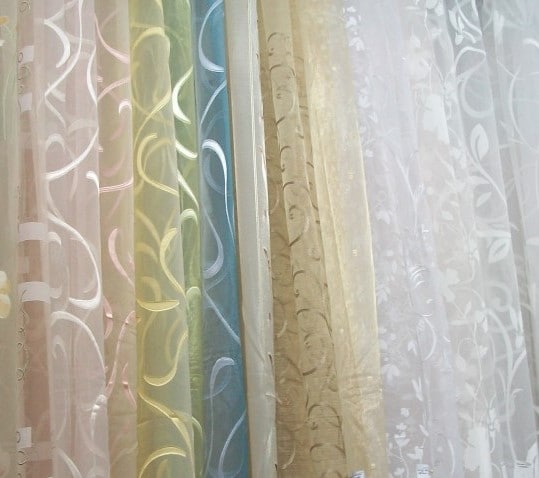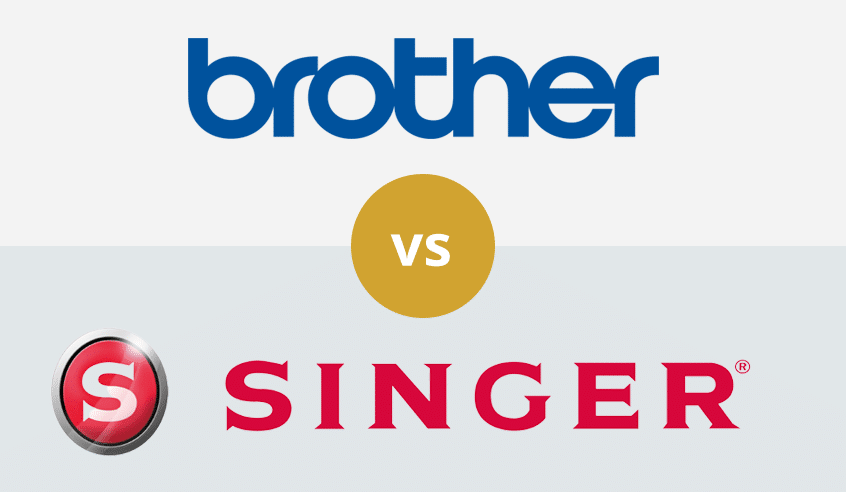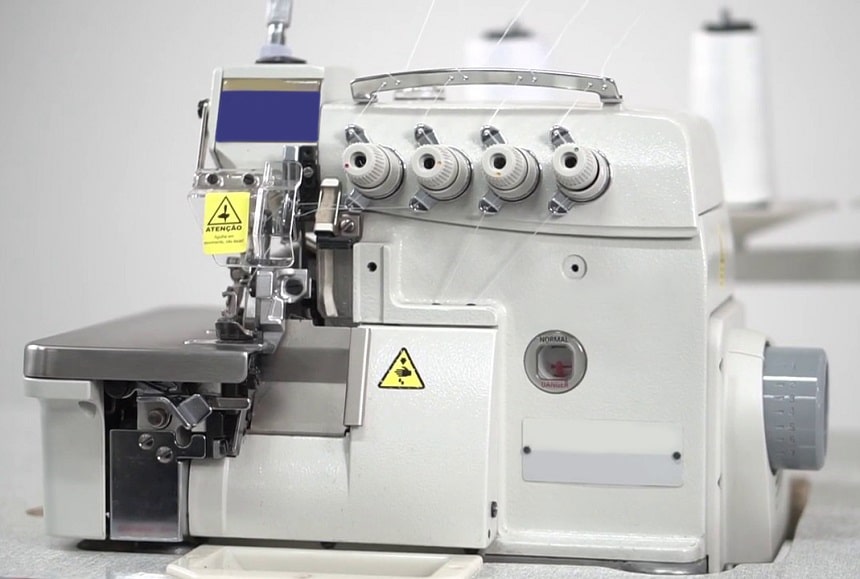

More and more people are getting into crafts these days, and one of the most popular trends involves needle points and cross stitches. If you have ever wondered what the difference between needle point vs. cross stitch is, you should note that there are both forms of embroidery. However, just because both of these techniques involve the same materials, doesn’t mean that they can be used interchangeably or that they are quite the same thing.
Let’s have a look at the difference between needlepoint and cross-stitch so you can differentiate between the two techniques and know when to use these terms separately. We put together a guide to help you understand what makes needlepoint and cross-stitch unique, so let’s get started.
Often referred to as canvas work, needlepoint Trusted Source Needlepoint - Wikipedia Needlepoint is a type of canvas work, a form of counted thread embroidery in which yarn is stitched through a stiff open weave canvas. Traditionally needlepoint designs completely cover the canvas. Although needlepoint may be worked in a variety of stitches, many needlepoint designs use only a simple tent stitch and rely upon color changes in the yarn to construct the pattern. Needlepoint is the oldest form of canvas work. en.wikipedia.org is a type of embroidery that goes back to ancient Egypt. It was traditionally done by stitching will yarn through a weave canvas, but today the craft typically uses different types of thread to create different textures. Some of the types of thread commonly used for needlepoint include silk and cotton yarns, but you can also see ribbons and metallic cords used to add more interest in the embroidery.
Even though it can be sometimes confused with cross-stitch, needlepoint uses a variety of stages instead of just cross ones. You can use different stages depending on how durable you want the final piece to be and the level of coverage needed.
Needlepoint became popular in the 17th century when it became a common choice for upholstered furniture. Durability was essential, and needlepoint is still used for household items such as pillows in modern days.
There are couple of subcategories within needlepoint, based on the number of holes per inch used in the canvas. For example, if the canvas has fewer than seven holes per inch, the needlepoint is called quick point. On the other hand, if the canvas has between 8 to 16 holes per inch, it is called gross point.
Cross-stitch is another form of embroidery that has been around for centuries and is also one of the easiest forms of embroidery to learn. It consists of X-shaped stitches on fabric with an open weave, such as linen or Aida fabric, for example.
Cross stitch is one of the oldest forms of embroidery and even though it may have begun as a means of decoration for rural women in the Middle Ages, it made its way to nobility as well, we used it as an art form and relaxing pastime.
This embroidery technique follows the tiled pattern, which might remind you of a digital pixel. The design appears geometric because is comprised of X-shaped stitches. When compared to needlepoint, which uses multiple sizes and shapes of stitches, cross-stitch may seem more simple, but the truth is it can be used to create beautiful, intricate designs.
There are several main stages used in cross stage, ranging from an X-shape (full stitch) to a slanted line (half stitch), a straight line (backstitch) and a line from a corner to the middle of the X (1/4 stitch).
If you’re new to embroidery, you may find that cross-stitch is easier to master and all you need to complete a simple project suitable for beginners. Cross-stitch is the best way to start as a beginner because it prepares you for the complexities of cross-stitch.
The type of stitches is the main difference between cross stitch and needle point. Cross stitch basically has a single type of stitch, as its name suggests, whereas needlepoint has multiple types of stitches, including the following:
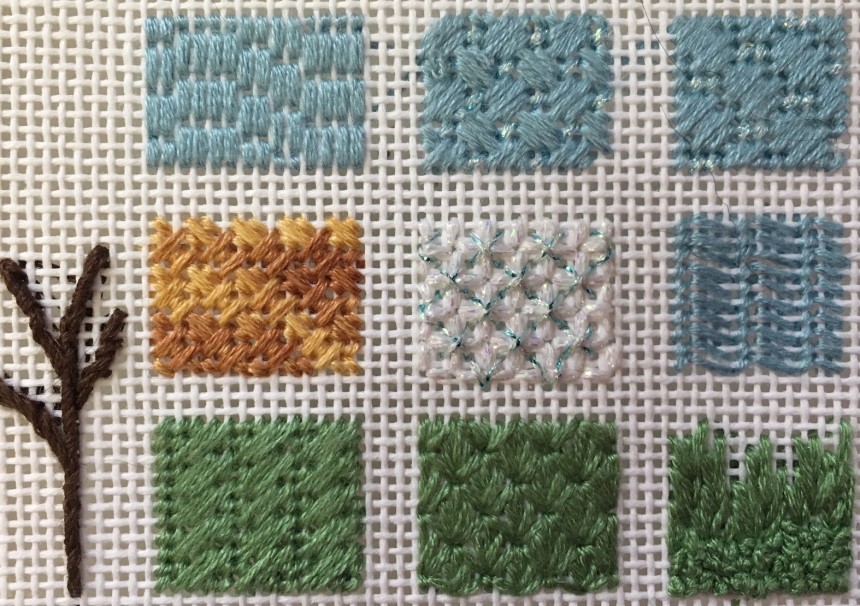
Both stitches work on a range of fabrics, but as a rule of thumb, needlepoint is typically used on fine canvas because it’s a surface embroidery technique. Canvas is heavier and stiffer, and has more hole than other types of fabric, which makes it a good option for needlepoint. On the other hand, evenly woven fabric is a more suitable option for cross stitch. For all types of fabric, you can look for a quality fabric cutting machine to get it in the exact dimensions you need.
Stiff canvas is a good option for needlepoint because it can withstand wear and tear. Since needlepoint is a strong type an embroidery, it’s often used on stiff canvas to make bookmarks, key fobs, and pillows. Needlepoint kits such as the DIMENSIONS Needlepoint Kit, for instance, are great to get you started.
Aida linen is typically used for cross stitch because it’s a fabric that requires a more delicate fabric. Examples of things made with cross stitch include handkerchiefs, scarfs, and cotton apparels. If you’re a beginner, you can opt for a cross stitch kit, such as the Maydear Cross Stitch kit, for example, which comes with all the tools you need to get started, as well as fabric and instructions.
Thread is one of the basics of embroidery, and you need to make sure you choose the right model for the type of embroidery you intend to create. Many embroidery enthusiasts end up owning hundreds of types of thread. If you want to store them in an organized way, look for a sewing table that suits your needs and space.
As a rule of thumb, cross-stitch is done with silk thread or stranded cotton. Because the fabric is woven tightly, you have to use a thin thread. On the other hand, you can use silk, wool, ribbon, and metallic threads for needlepoint.
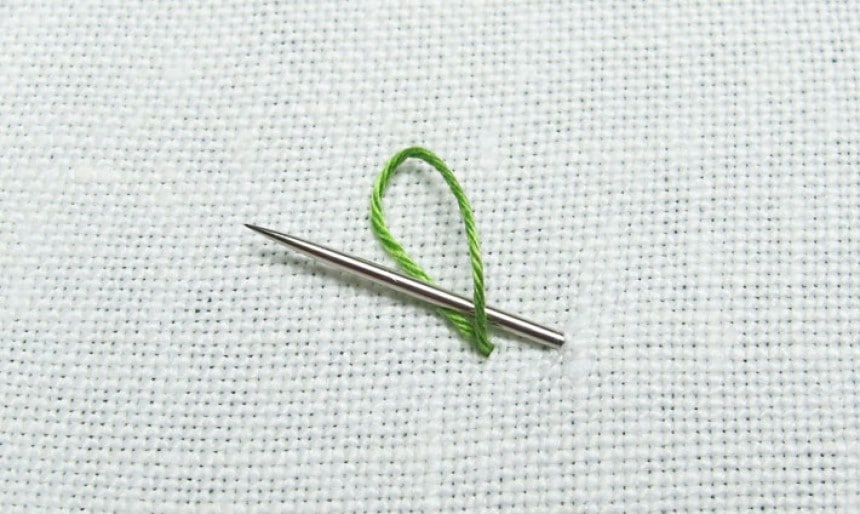 Needle type
Needle typeThere are different types of needles used in embroidery, but most of them have a very sharp point and long narrow eyes. Most embroidery needles are of medium length, and they come in sizes 1 to 10. The thinner the fabric is, such as that suitable for cross stitch, for example, the higher the number of needle needs to be used.
You can create multiple types of designs with both needlepoint and cross stitch. For example, you can make cute designs you can then stitch on a hat, may be with the help of an embroidery machine. Alternatively, you can use needlepoint canvas to do embroidery by hand. This is designed hand-painted or stitch painted, whereas cross point canvas is made up of printed paper. This is one of the most popular types of canvas people have used for hand embroidery over the last decades.
Even though the results you can obtain with both cross stitch and needle point are similar and the two types of stitching are often used to describe embroidered fabrics, the results you can obtain with each of them could be quite different.
For example, needlepoint offers the best results when it comes to intricate pictures and large blocks of color, whereas cross stitch gives the finished work a pixelated look. Nevertheless, both types of stitches can be employed to create unique works of art.
Embroidery has been a hobby for people around the world for centuries. Besides being a functional skill to have, embroidery is also a great artistic way to unwind. Both needlepoint and cross stitch have been used ever since embroidery was invented, and are two different types of stitches that serve different purposes and are suitable for different fabrics. Whether you decide to use needlepoint vs cross-stitch, you can be sure that each of these methods will allow you to create beautiful designs on the fabric of your choice.
